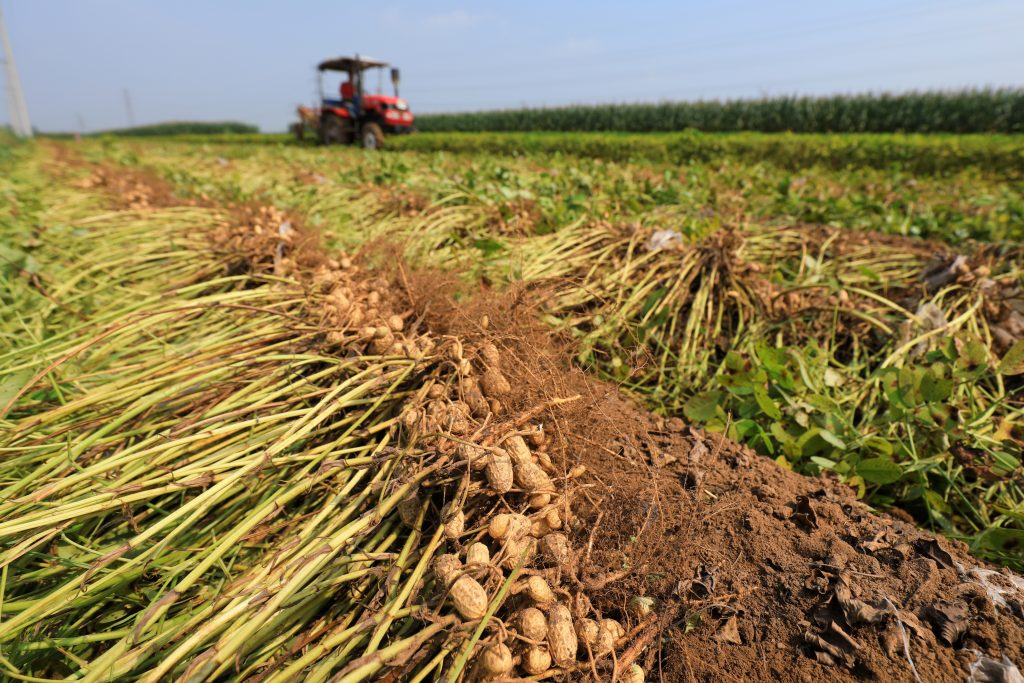
We often look at the World Agricultural Supply and Demand Estimates (WASDE) report for guidance on expected supply, demand, and pricing for commodities. Rarely, however, does this report mention anything about peanuts. The last WASDE (September 12, 2025) before the government shutdown was one of those rare exceptions when it included the statement that “Other changes [in oilseeds] this month include higher U.S. peanut production.” To obtain more details, one needs to look at the monthly Oil Crops Outlook (OCO), which focuses on oil crops and animal fats. The last OCO on September 16, 2025, reported that peanut production for marketing year 2025-26 was increased to a record-high 7.4 billion pounds, due to an expected higher harvested acreage (mainly in Georgia and Texas) as well as an increase in the average peanut yield. With the government shutdown, this report has also not been updated, leaving the peanut industry with a month-old forecast during the peak harvest period that indicates a record crop.
Figure 1 shows U.S. peanut production and uses from 2020/21 to forecasted 2025/26. Production is forecasted to reach record levels at 7.4 billion pounds, representing a 14.7% increase. Meanwhile, total use for food, crush, and exports are expected to increase 8.5%, to 7 billion pounds. The additional production is expected to increase ending stocks by 29.6% to 2 billion pounds, levels similar to the ending stocks in the 2022/23 marketing year.

The lack of readily available data further limits information in an already thin market that, unlike other commodities, does not have a futures market to help establish prices. This leaves producers questioning what the actual production levels will be during the peak of harvest. One could look at various weather conditions, especially in Georgia, Texas, and Alabama, the three largest peanut acreage states this year. Dry weather that is prevalent in these areas has the potential to bring down yields or affect quality.
Another source of alternative information comes from the Georgia Federal-State Inspection Service, which publishes the National Tonnage Report. This report contains data provided by buying points throughout the peanut belt on peanut production classified by segmentation. The official report is also affected by the government shutdown, but unofficial tonnage data have been made available. Since October 1, data have been self-reported only for Arkansas, Georgia, South Carolina, and Texas. While the total tonnage reported thus far stands at 3.1 billion pounds, it is certainly a data point that has too many caveats to use for pricing decisions.
The last source of information is the weekly Crop Progress & Condition report, which has also been affected by the government shutdown. The last report at the end of September showed harvest ahead of last year and the previous 5-year average. However, at the end of October, harvest over the last 5 years has been, on average, about 70% completed. Thus, there is still a way to go before we can figure out how big the 2025 peanut crop may be. In the meantime, the lack of official USDA reports is leaving producers with limited guidance.
Source:
Bukowski, M., & Swearingen, B. (2025). Oil crops outlook: September 2025 (Report No. OCS-25i). U.S. Department of Agriculture, Economic Research Service
Crop Progress & Condition. U.S. Department of Agriculture, National Agricultural Statistics Service.
World Agricultural Supply and Demand Estimates. U.S. Department of Agriculture, September 12, 2025.
Rabinowitz, Adam. “Will the 2025 Peanut Crop Set a New Record?” Southern Ag Today 5(44.3). October 29, 2025. Permalink

















